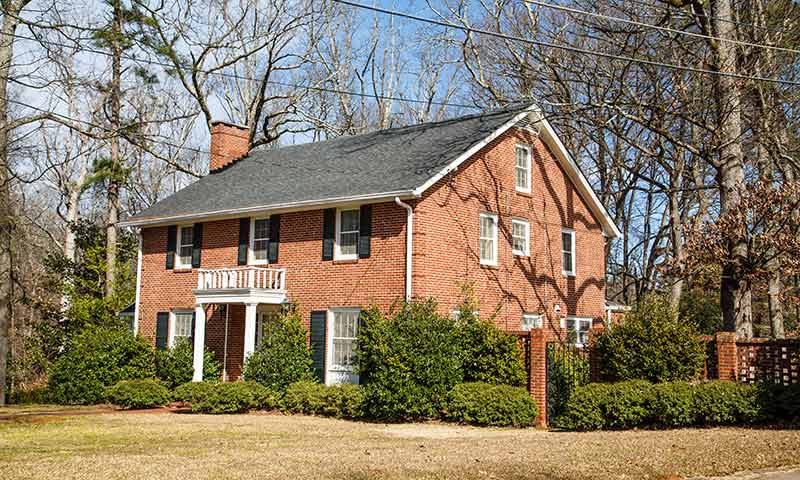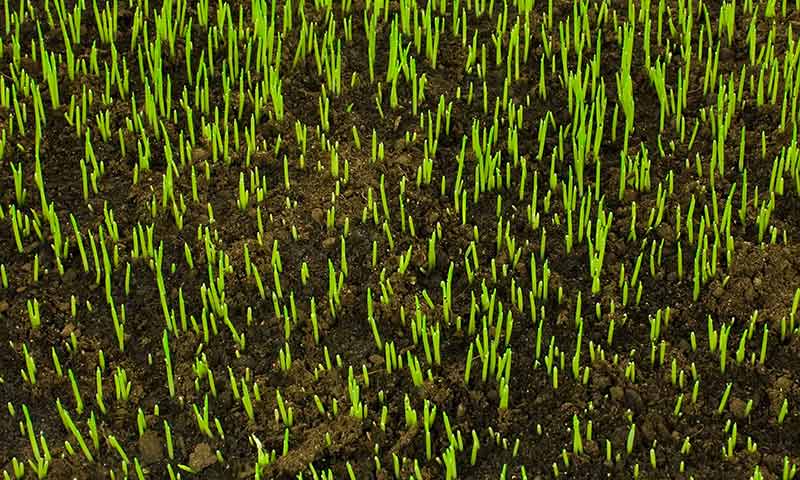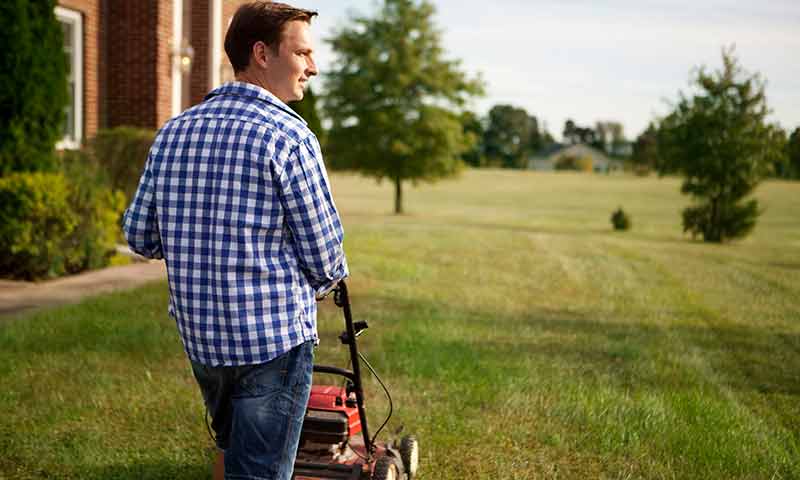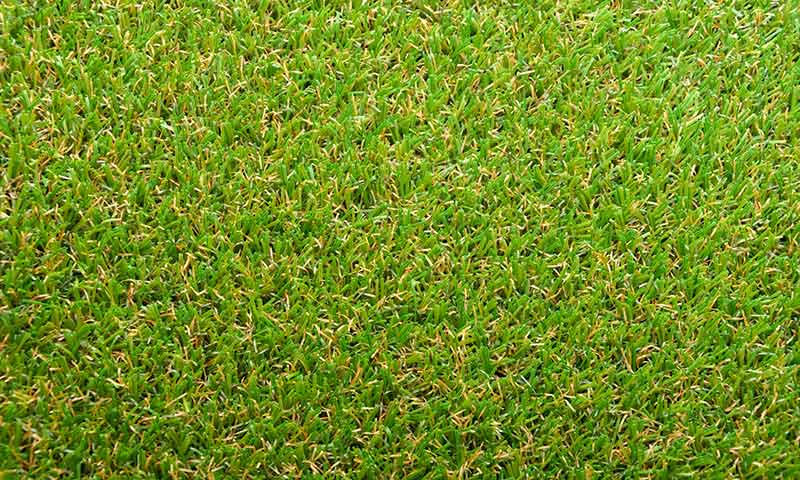How to Keep Grass Green in Winter
When you live in hot southern and southwestern climates, fall and winter temperatures bring welcome relief from summer heat. But cooler temps can put a damper on plans for outdoor fun when your lush lawn turns brown. But don't cancel your plans to show off your yard — take steps to keep it green instead. With a little preparation and winter grass seed, you can keep your grass green in winter.
- Why Some Lawns Turn Brown in Winter
- Why Ryegrass Is Best for Keeping Winter Lawns Green
- How and When to Prepare Your Lawn for Winter Grass Seed
- How and When to Seed Your Lawn With Winter Grass Seed
- How to Care for Your Green Winter Grass
Why Some Lawns Turn Brown in Winter
Lawn grasses go through predictable seasonal changes. Grasses like Bermudagrass, common in southern and southwestern lawns, are called warm-season grasses because they hit peak growth when temperatures are high. But the same grass in winter slows down and turns brown when temperatures drop. Even though your lawn looks dead, it's not. Your winter grass has gone dormant until warm temperatures return.
In northern lawns, homeowners have the opposite situation. Their cool-season grasses peak in cool weather and sometimes go dormant in summer heat. In winter, they stay relatively green — even when blanketed with snow. Those cool-season ways hold the secret to keeping your southern or southwestern lawn green with winter grass seed.

Bermudagrass lawns naturally turn brown during winter.
Why Ryegrass Is Best for Keeping Winter Lawns Green
Like trees, shrubs and other plants, lawn grasses differ in how fast they grow. Annual and perennial ryegrasses are the fastest germinating grasses among all common cool-season lawn grasses. That's why they're used for erosion control and quick green color while new lawns take hold. As a grass that grows in winter, ryegrass flourishes at temperatures that turn Bermudagrass brown.
To keep warm-season winter lawns looking green, lawn care pros (and savvy homeowners) do what's called "overseeding" for temporary winter color. Overseeding is just like it sounds: You plant winter grass seed over your existing lawn. It's similar to overseeding to make thin lawns thick again.
The cool-season ryegrass keeps winter lawns green. When warm temperatures return, ryegrass dies out and lets your lush Bermudagrass take center stage.

Ryegrasses germinate quickly to add green color fast.
How and When to Prepare Your Lawn for Winter Grass Seed
When green winter grass is your goal, overseed your lawn in fall when your existing warm-season grass starts to lose its green color. Most southern lawn owners log this on their warm-season lawn care calendar for early to mid-September. Wait until your nighttime temperatures consistently stay below 65 degrees Fahrenheit — prime time for ryegrass to take off. Avoid all weed killers for at least three weeks before overseeding.
Set your mower blade as low as it goes, then mow to "scalp" your lawn and cut grass right above the soil level. You want the soil exposed and ready for winter grass seed. Use a bag to collect all your clippings. Then use a metal rake and gently loosen soil so it's ready to receive seed.

Extra-short mowing prepares your lawn for winter grass seed.
How and When to Seed Your Lawn With Winter Grass Seed
Once your lawn is prepped, you're ready to plant your winter grass seed. Always choose a premium ryegrass seed such as Pennington Smart Seed Perennial Ryegrass Grass and Fertilizer Mix or Pennington Annual Ryegrass Grass Seed. By buying the best grass seed for your lawn, you can make sure you get the quick green color and lush winter lawn you desire.
Use a regular lawn spreader to apply the seed evenly at the overseeding rate listed on the seed label. With Pennington Smart Seed Perennial Ryegrass Grass Seed and Fertilizer Mix, you get premium ryegrass enhanced with fertilizer — ideal for overseeding warm-season Bermudagrass lawns for winter green.
Once you're through seeding, gently rake again. This helps ensure your winter grass seed makes good contact with your soil.
Bermudagrass turns green as winter grass seed fades away.
How to Care for Your Green Winter Grass
Watering is the most important step in keeping your winter grass green. Give your newly seeded lawn light, daily waterings — twice a day if needed — so soil stays consistently moist. Continue until ryegrass sprouts and grows about 2 inches tall. Under proper conditions, ryegrass typically germinates in seven to 10 days. Once established, lawn grasses need about 1 inch of water per week from irrigation or rainfall combined.
Start to mow once your green winter grass reaches 3 inches tall. That's one-third higher than its recommended mowing height. While that's taller than Bermudagrass, the extra height helps ryegrass look its best. Always use best practices for how to mow your lawn and follow a regular lawn maintenance schedule. Avoid all weed control products until you mow your green winter grass three to four times.
When cool temperatures make your lawn brown, turn it green again with these simple steps for rich, green grass from winter grass seed. At Pennington, we're dedicated to helping you grow a beautiful lush green lawn — wherever you live. We're here to help you grow and succeed.
Always read product labels thoroughly and follow instructions.
Pennington and Smart Seed are registered trademarks of Pennington Seed, Inc.



